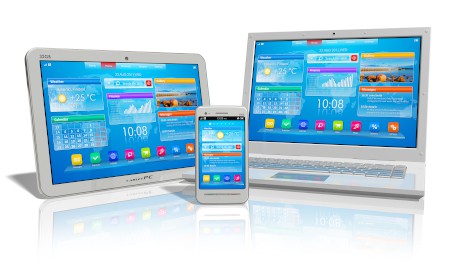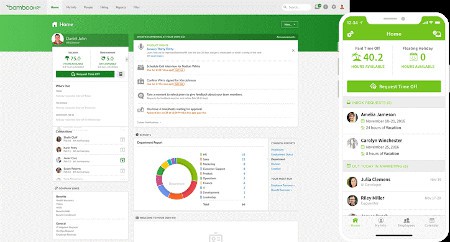Challenges and Demands of Mobile Workforce Management
The development of new technology and connectivity together with the demographic changes has contributed to boosting the mobile workforce. This type of work has existed for a long time, but in recent years it has widespread to become a must for companies that want to stay up-to-date and retain their employees.
The irruption of the Covid-19 pandemic with major consequences on people’s health worldwide has forced governments of almost all countries to take drastic measures such as the compulsory confinement of the population, preventing individuals from going to their workplaces.
In this context, companies around the world, both small and large-sized, had to respond quickly establishing remote work dynamics, accelerating the adoption of strategies for the mobile workforce and the implementation of tools and technology for mobile workforce management of employees working in different locations. This kind of dynamics presents great challenges for HR and management teams, with many points that must be addressed, from technology to security and respect for standards and compliance of each organization.













